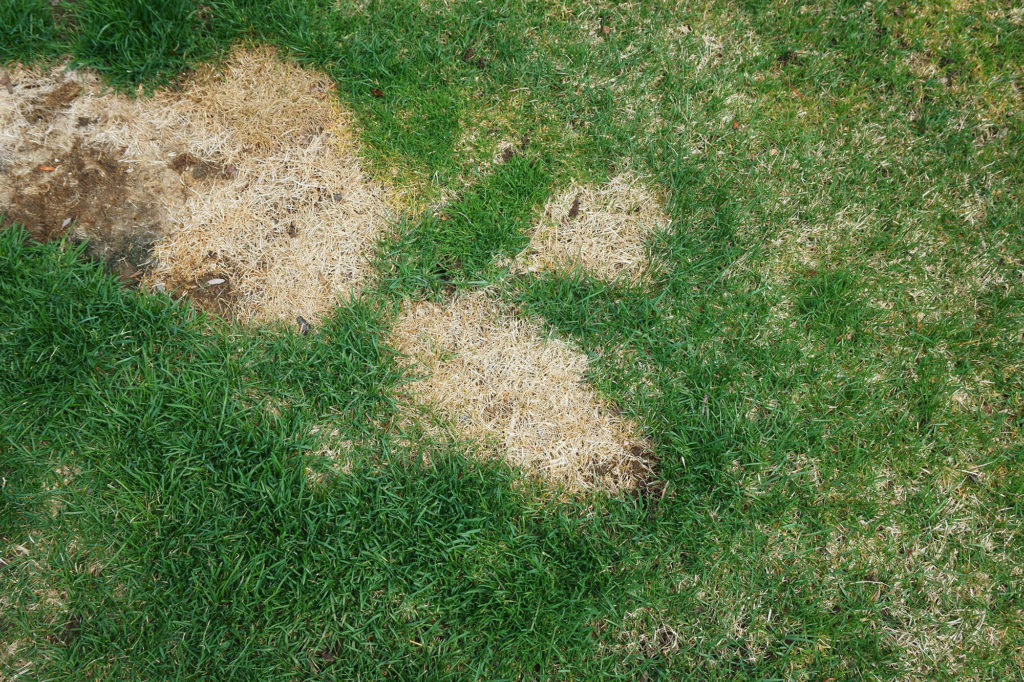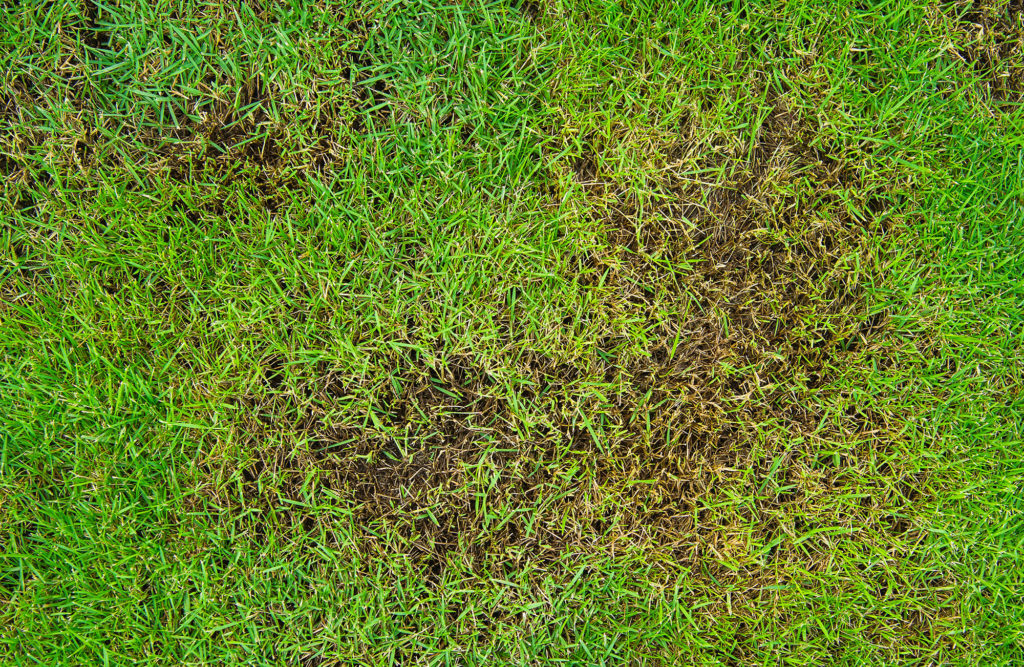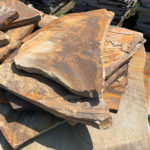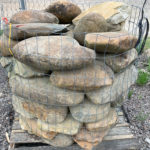
The end of summer and beginning of fall create the perfect conditions for fungus outbreaks in your home lawn. As temperatures and soil conditions change during this shift in seasons, the ideal environment for disease occurs. Official fungus season runs from June to late September/ early October with the last few months being most conducive for fungus outbreaks. Dealing with a fungus issue in your home lawn may feel overwhelming, but with just a little bit of knowledge about how to identify a fungal disease in your grass, a basic understanding of fungal disease causes and a simple tool box of prevention methods, an outbreak is much more manageable than you may think.
Carolina Fresh Farms recommends making fungicide applications between August 15th–September 15th and October 1st–15th.
How Do I Know if There is a Fungal Outbreak in my Lawn?
The only way to know for sure is to send a sample to your local university extension office, but there are other relatively simple ways to identify a fungal problem. Large, circular or irregularly shaped dead spots/patches that differ from your lawn’s color will begin to appear. Pictures of common fungal diseases like large patch, brown patch and summer patch are listed below.



What Causes Fungal Disease?
Fungal outbreaks are most likely to occur when there is thatching present, where there is an accumulation of leaves or organic matter, when overwatering has occurred and in moist/shaded areas. This often happens when outdoor temperatures change between seasons such during the spring or fall. When there is a combination of warm temperatures, consistently wet conditions and high humidity, an ideal environment for fungus is introduced. Because fungi cannot engage in photosynthesis, it cannot gain nutrients from the sun and must feed off of a host—unfortunately in this case, your lawn. What’s worse is that fungus spreads very quickly and easily through wind, rain, mowing, or foot traffic. In the fall, most warm season lawns begin to enter dormancy, so damage tends to go unnoticed until the spring when the lawn greens up again with patches of damage.
Fungicide Benefits
The best way to manage fungal disease in your lawn is with the use of a systemic fungicide. The great thing about fungicides is that they can be applied preventatively before an issue arises, or curatively after a fungal outbreak presents itself. Of course, prevention is the preferred way to go, but it’s great to have curative options when prevention isn’t possible. The rule of thumb is that curative fungicide application should be dosed at a rate of four to five times than that of preventative application; however, most bags or bottles of fungicide will tell you how much you should be applying. We recommend rotating products so that there is not an immunity build up over time. Rotating products like Headway, Eagle and Pillar is a great way to tackle fungal disease both preventatively and curatively.
Armada 50 WDG is available in water-dispersible granules that must be mixed with water and applied using a backpack sprayer. However, you also have the option to choose granular products such as Headway, Eagle, and Pillar, which require spreading using an appropriate spreader.
It can be beneficial to periodically switch between these products to prevent diseases from developing resistance to a specific fungicide and to avoid exposing diseases to a single product consistently. There might arise a need for a second fungicide application. Generally, fungicides remain effective in the soil for about 21–28 days. If your lawn has previously experienced a disease outbreak, pathogens may still be present in the soil, especially after prolonged periods of rainfall within the initial 21–28 days. In cases of limited rainfall, the effectiveness of the fungicide may persist for a longer duration.
Be sure to stop by our store to find these popular fungicide products and read the labels thoroughly before application


